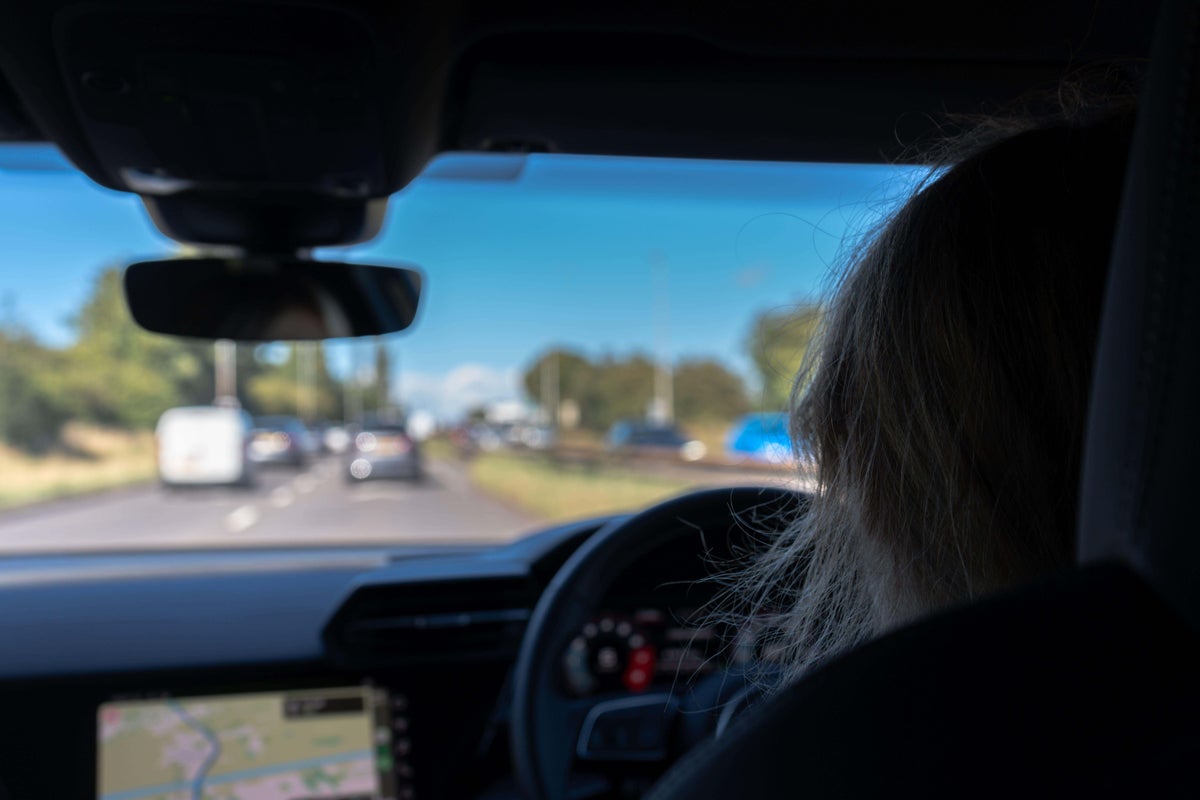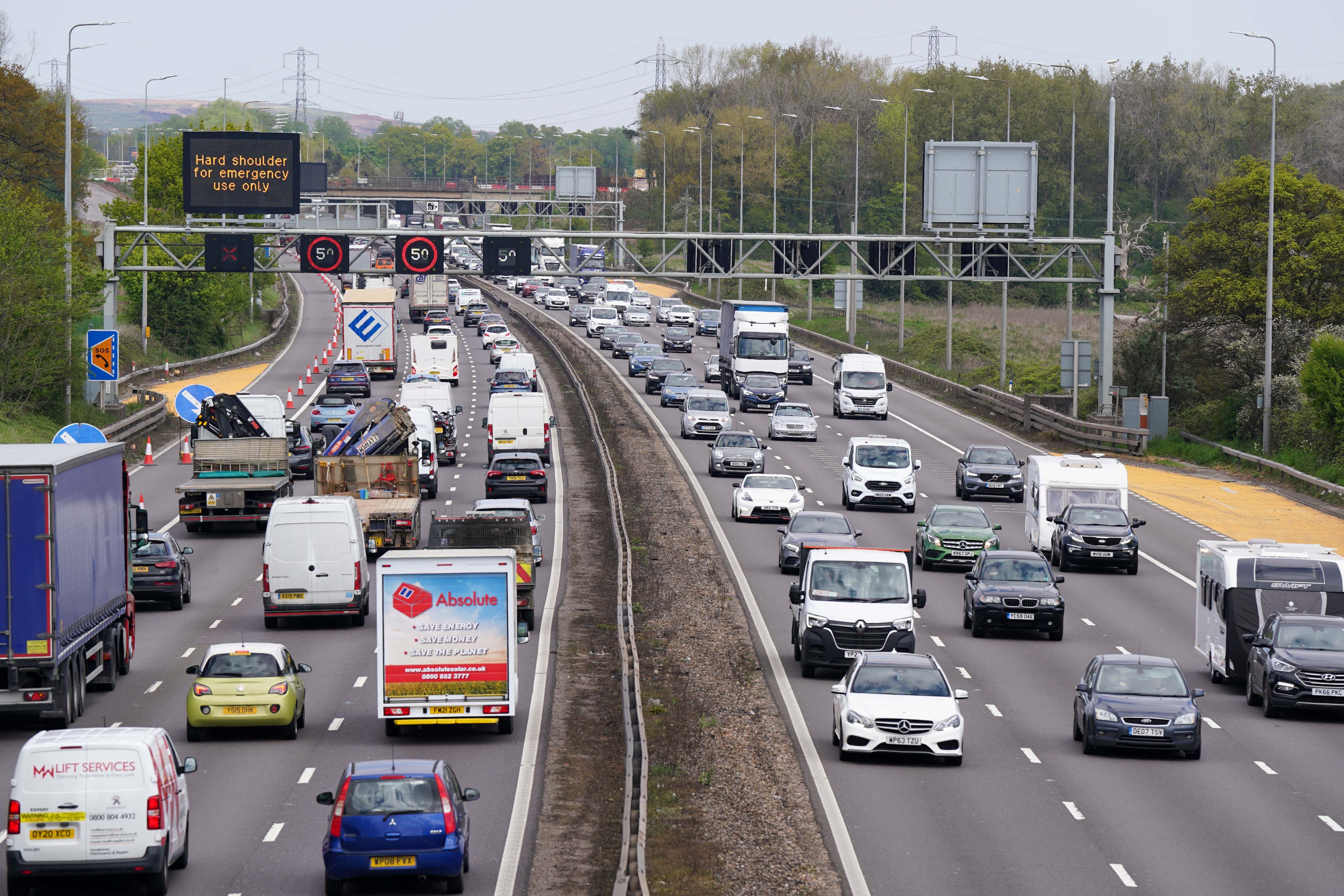The devices that could help young drivers lower car insurance costs

A new wave of technology is poised to make it simpler for young drivers to access gadgets that could significantly reduce their car insurance premiums, according to recent analysis.
Financial ratings firm Defaqto reports a significant shift among car insurance providers, moving from traditional hard-wired black boxes towards low-cost gadgets and apps drivers can install in seconds.
These app-based “stick-to-the-screen” or plug-in-socket devices cut out engineer call-outs, allowing insurers to instantly track drivers’ habits.
Defaqto, which maintains a database of financial products, noted that several solutions include an “online dashboard” for policyholders to review their driving habits and styles, offering suggestions for better driving.
Some telematics devices also feature automatic crash alerts or theft tracking, which Defaqto says “give parents priceless peace of mind.”
These findings stem from Defaqto’s analysis of its database on 24 July, 2025.

Mike Powell, motor insurance expert at Defaqto, said: “Snap-on sensors mean young drivers no longer have to hand over their keys for a black box fitting, and that convenience often means insurers are also receiving data quicker about their driving style.
“However, not all of the new devices include the facility for automatic crash alerts or theft tracking, so young drivers may want to check with the insurance provider to see if these are available.
“Technology is still the best way to bring down insurance costs for young drivers. Soaring premiums tempt some parents to insure a child’s car in their own name and list the real driver as an additional driver.
“Insurers call this ‘fronting’. It is classed as fraud and can void cover, land parents and teens with higher future premiums and even result in a criminal record. Building a young driver’s own no-claims discount is nearly always cheaper in the long run.”
Get a free fractional share worth up to £100.
Capital at risk.
Terms and conditions apply.
Go to website
ADVERTISEMENT
Get a free fractional share worth up to £100.
Capital at risk.
Terms and conditions apply.
Go to website
ADVERTISEMENT
Defaqto said windscreen-mounted sensors are now on around a third (35 per cent) of telematics products, while “plug-and-drive” gadgets account for 29 per cent of products.

The proportion of products with engineer-fitted black boxes has more than halved over the past five years, from 50 per cent to 21 per cent, Defaqto said, as insurers switch to “DIY” devices.
Most (83 per cent) products still give drivers an online dashboard to track braking, speed and night-time trips.
But the proportion of telematics products with crash alert and theft tracking functions has fallen compared with five years ago, now accounting for 40% of policies, down from 57% and 52% respectively.
Market choice has also shrunk, Defaqto said. It counted 22 providers, down from 39 five years ago.
Here are some suggestions from Mr Powell for ways that young drivers can potentially reduce their costs and stay safe:
- Cars with smaller engines, strong safety ratings and modest repair costs can mean lower premiums in the first place.
- If your car has an alarm or immobiliser fitted, include this information when you get a quote as this could potentially reduce a premium.
- Consider taking an advanced driving course. Some insurers may reward this with a discount.
- Choose the right telematics insurance product – those that come with a gadget to track your driving style and reward safe driving behaviours.
- Consider whether you can add (but do not fake) a parent driver. Listing mum or dad as an additional driver shows shared use and often cuts the price. But never claim that a parent is the main driver if this is not the case.
- Consider a higher voluntary excess. but know what you could afford if you claim. The excess is an amount that the customer agrees they will pay towards an insurance claim.
- Consider paying annually if possible. Instalment plans may carry interest charges.
- Try shopping around and speaking directly to insurers. Extra questions could potentially unlock better deals.
[title_words_as_hashtags




